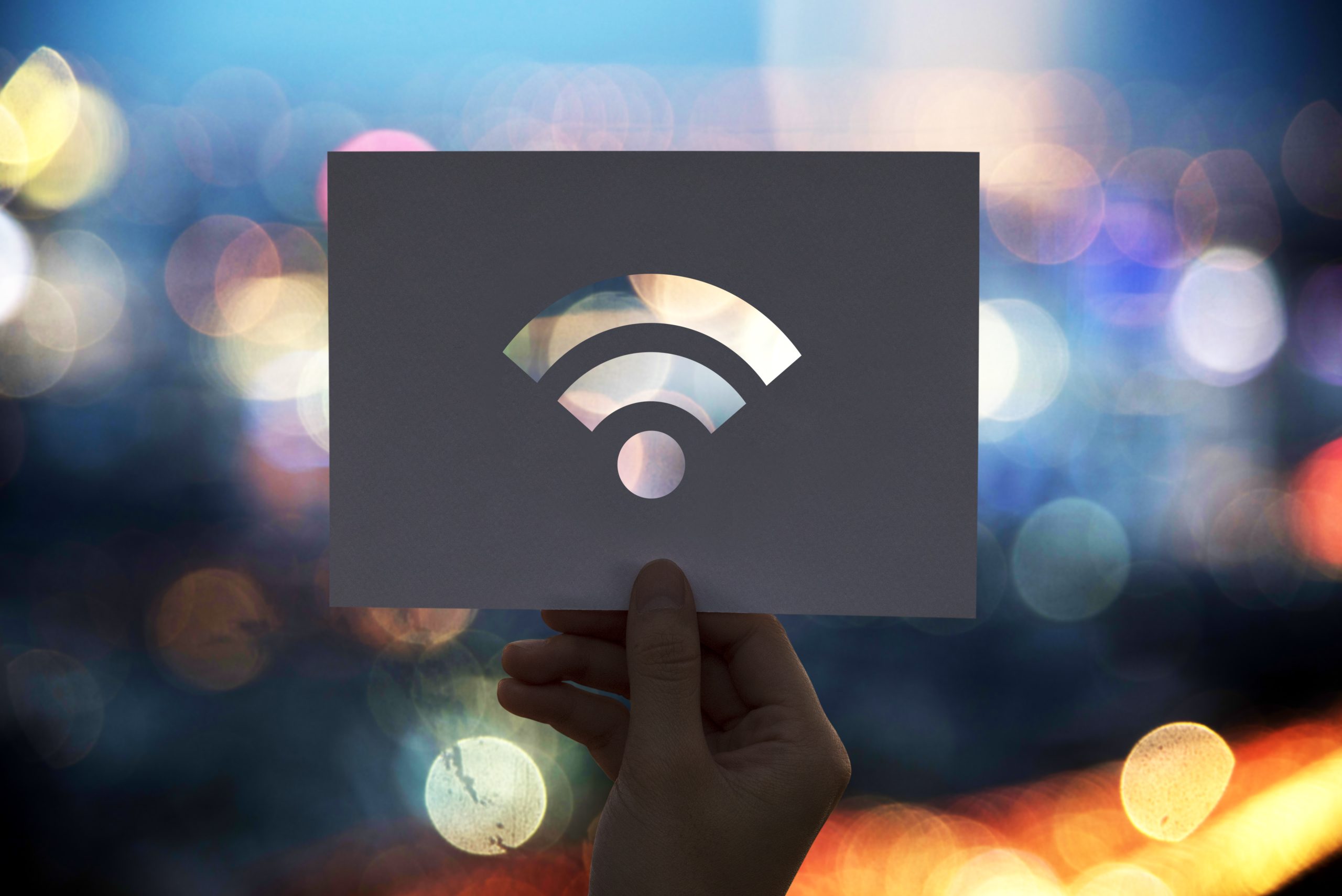
Internet infrastructure is evolving rapidly, and we are speeding towards the hypervelocity era. With the widespread adoption of 5G, a faster, lower-latency, and more connected world is emerging. However, even as 5G has not yet become a global standard, work on 6G technology has already begun. So, how will 5G and 6G technologies transform internet infrastructure? Will the future bring us a hyper-connected world, or will we face new cybersecurity and infrastructure challenges? In this article, we will explore the differences, advantages, and how 5G and 6G will shape the future of the internet in detail.
1. What is 5G and What Does It Offer?
5G is the next-generation network technology, evolving from the fourth-generation (4G) mobile communication, offering higher speeds, lower latency, and the ability to connect more devices.
Key Advantages of 5G:
- Faster Connections: Theoretically, speeds can reach up to 10 Gbps, which is approximately 100 times faster than 4G LTE.
- Lower Latency: With latency reduced to just 1 millisecond, real-time data transmission becomes possible.
- More Device Connectivity: 5G provides a high-capacity network for IoT (Internet of Things) devices, smart cities, and autonomous vehicles.
Applications of 5G:
- Autonomous Vehicles: Low-latency networks for real-time communication between vehicles and safe driving.
- Healthcare: Revolutionizing remote surgeries and medical data sharing.
- Smart Cities: Real-time data flow for traffic management, energy conservation, and environmental monitoring.
- Cloud Gaming and Augmented Reality (AR): Offering faster and uninterrupted gaming experiences.
2. 6G: What Awaits Us After 5G?
After the widespread adoption of 5G, researchers have already started working on 6G. Expected to be implemented by 2030, 6G will take wireless connectivity to levels we can hardly imagine today.
Potential Features of 6G:
- Speeds up to 1 Tbps (approximately 100 times faster than 5G).
- Use of the terahertz (THz) frequency band (offering broader bandwidth than current networks).
- Holographic communication: Virtual meetings, augmented reality (AR), and holographic video calls will be possible.
- AI-powered network management: 6G networks will operate with AI algorithms that autonomously optimize the network.
- More advanced remote control systems: Ultra-low latency for surgical operations, industrial robots, and space exploration.
Emerging Applications of 6G:
- Fully connected smart cities: 6G will enable real-time communication between all devices in cities, bringing complete automation.
- AI-powered internet: With the speeds 6G will offer, data processing and analysis will be fully cloud-based.
- Space internet: 6G will expand internet coverage globally, providing uninterrupted connectivity even in the most remote areas.
Key Differences Between 5G and 6G
| Feature | 5G | 6G |
|---|---|---|
| Maximum Speed | 10 Gbps | Up to 1 Tbps |
| Latency | 1 millisecond | As low as 100 microseconds |
| Spectrum Usage | mmWave, Sub-6 GHz | Terahertz (THz) frequency band |
| Connection Capacity | Supports billions of devices | Will support trillions of devices |
| AI Support | Partial | Fully integrated AI management |
| Release Year | 2020–2025 | 2030 and beyond |
In summary, the biggest difference with 6G will be its ability to elevate data transfer speeds and network capacity to levels we can’t even imagine today.
The Hypervelocity Age: What Future Awaits Us?
Hypervelocity refers to the ultra-high-speed internet era, which could become a reality with 6G technology.
Innovations awaiting us in this era:
- Real-time 3D holographic meetings may make physical meetings a thing of the past.
- The metaverse and virtual worlds could become extensions of the physical world.
- Brain-machine interfaces may enable devices controlled by thoughts over the internet.
- High-frequency trading and financial transactions will be managed with ultra-low latency algorithms.
However, this transformation also brings certain risks:
- High Costs: The establishment of new infrastructure will require significant investments.
- Cybersecurity Risks: Faster internet could lead to more sophisticated cyberattacks.
- Data Privacy Issues: More connected devices could increase the risk of personal data exposure.
Are We Ready for 6G?
While 5G continues to transform the internet world, 6G will usher us into an entirely new era. With the widespread adoption of 5G, we are stepping into a faster, lower-latency, and more connected world. However, with 6G, internet speeds will increase 100-fold, and artificial intelligence and autonomous systems will reach an entirely new level. The hypervelocity age will build a world without limits, but it will also bring significant data privacy and security risks.
